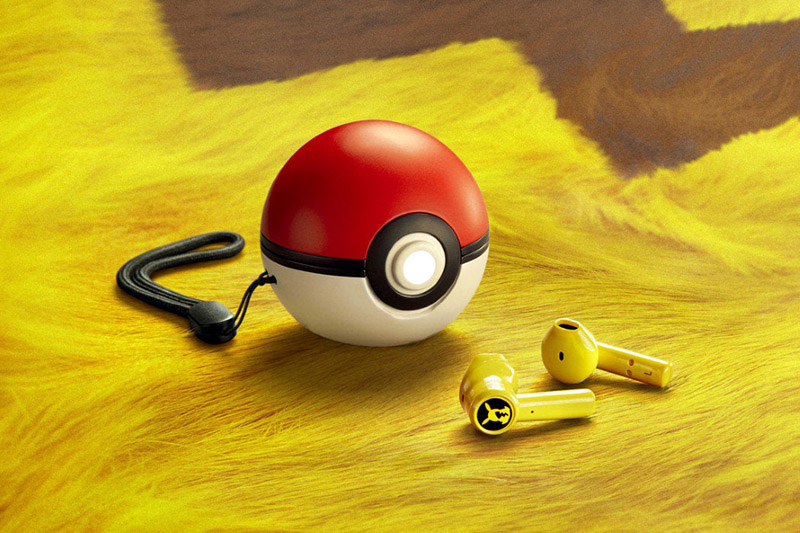如何使用CSS Positions布局实现网页的测量布局
如何使用 CSS Positions 布局实现网页的测量布局
在Web开发中,布局是一个非常重要的方面。CSS Positions 布局提供了各种方式来定位元素,使得网页的布局更加灵活和自由。本文将介绍如何使用 CSS Positions 布局实现网页的测量布局,并提供具体的代码示例。
在使用 CSS Positions 布局之前,首先需要了解三种主要的定位属性:static、relative和absolute。其中,static 是默认定位属性,元素按照普通流布局排列;relative 允许相对于自身的位置进行定位;absolute 允许相对于最近的非 static 父元素进行定位。通过灵活运用这些定位属性,可以实现各种不同的网页布局。
下面是一个简单的网页布局实例,展示了如何使用 CSS Positions 布局实现测量布局:
<!DOCTYPE html>
<html>
<head>
<style>
.container {
position: relative;
width: 500px;
height: 300px;
border: 1px solid black;
}
.box1 {
position: absolute;
top: 20px;
left: 20px;
width: 100px;
height: 100px;
background-color: blue;
}
.box2 {
position: absolute;
top: 20px;
right: 20px;
width: 100px;
height: 100px;
background-color: red;
}
.box3 {
position: relative;
top: 50px;
left: 50px;
width: 200px;
height: 200px;
background-color: yellow;
}
</style>
</head>
<body>
<div class=container>
<div class=box1></div>
<div class=box2></div>
<div class=box3></div>
</div>
</body>
</html>
在上面的示例中,我们创建了一个容器 .container,并在其中放置了三个盒子 .box1、.box2 和 .box3。通过使用不同的定位属性和具体的定位数值,我们可以将这些盒子定位在不同的位置。
.box1 和 .box2 使用了 position: absolute,分别位于容器的左上角和右上角。通过设置 top 和 left 或 right 属性,我们可以准确地控制盒子的位置。
.box3 使用了 position: relative,这意味着它会相对于自身的普通流位置进行定位。通过设置 top 和 left 属性,我们可以将盒子在容器内部进行微调。
以上就是一个简单的使用 CSS Positions 布局实现网页的测量布局的示例。通过合理运用定位属性和具体的定位数值,我们可以在布局中实现更加复杂和精确的效果。希望本文能够对你在网页布局方面提供帮助!
以上就是如何使用CSS Positions布局实现网页的测量布局的详细内容,更多请关注双恒网络其它相关文章!




